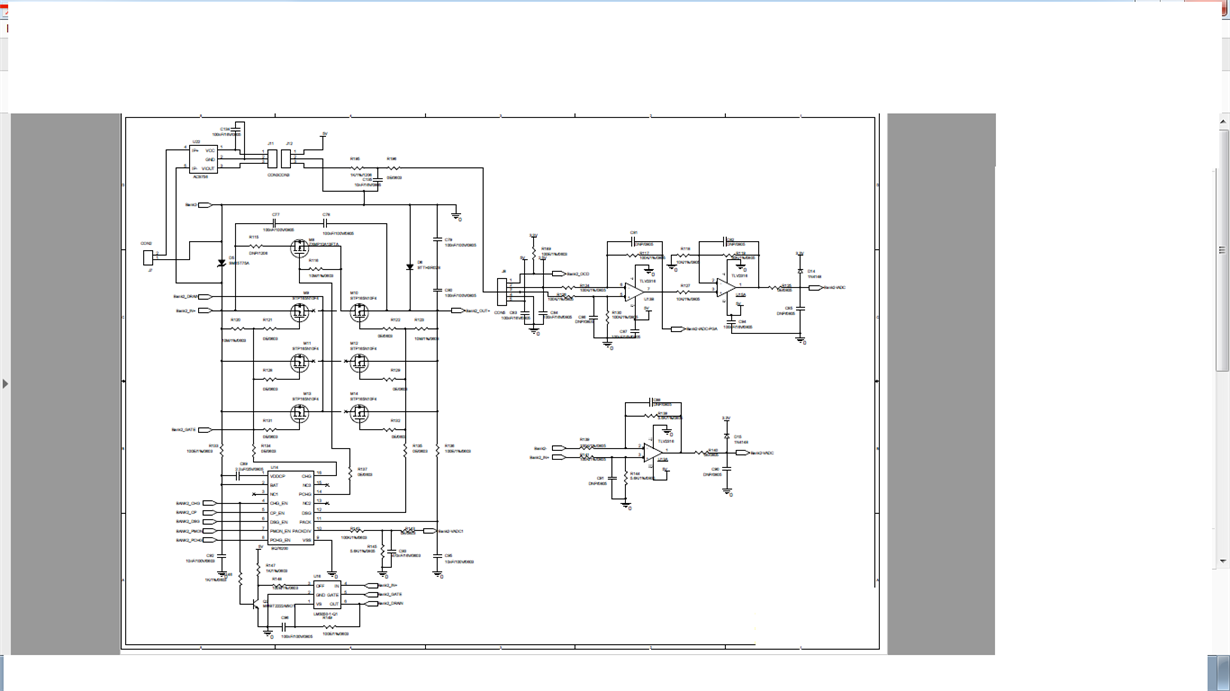Dear All,
we are using BQ76200 in our design and We have a problem with high si de driver BQ76200 in high switching frequency (more than 100Hz)
de driver BQ76200 in high switching frequency (more than 100Hz)
I have attached schematics of BQ76200. Kindly review and give solution.
Non Populated Components:
R146,R147, R148,R149,C96,Q2,U16
M13,M14,R115,R116,M8
Value Changes:
C89 = 2.2uF (2 in parallel)
NOTE: All the MOSFET Drain Connected electrically through a Heat Sink.
Rgds,
Aravind.

